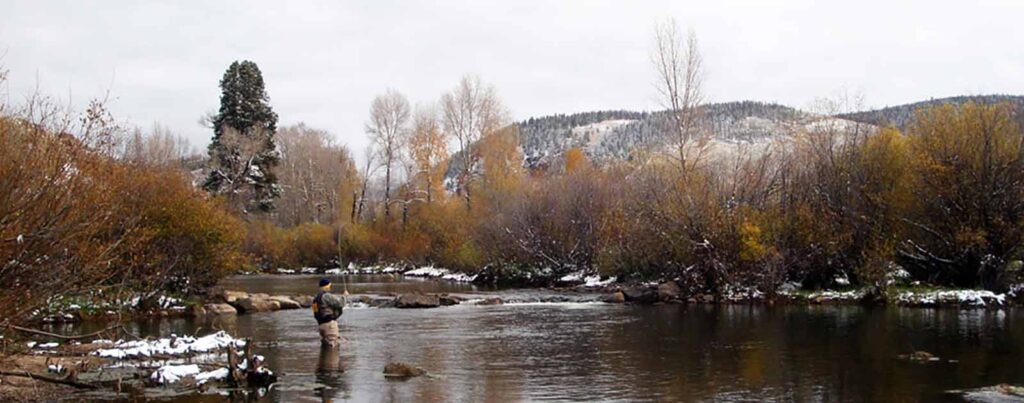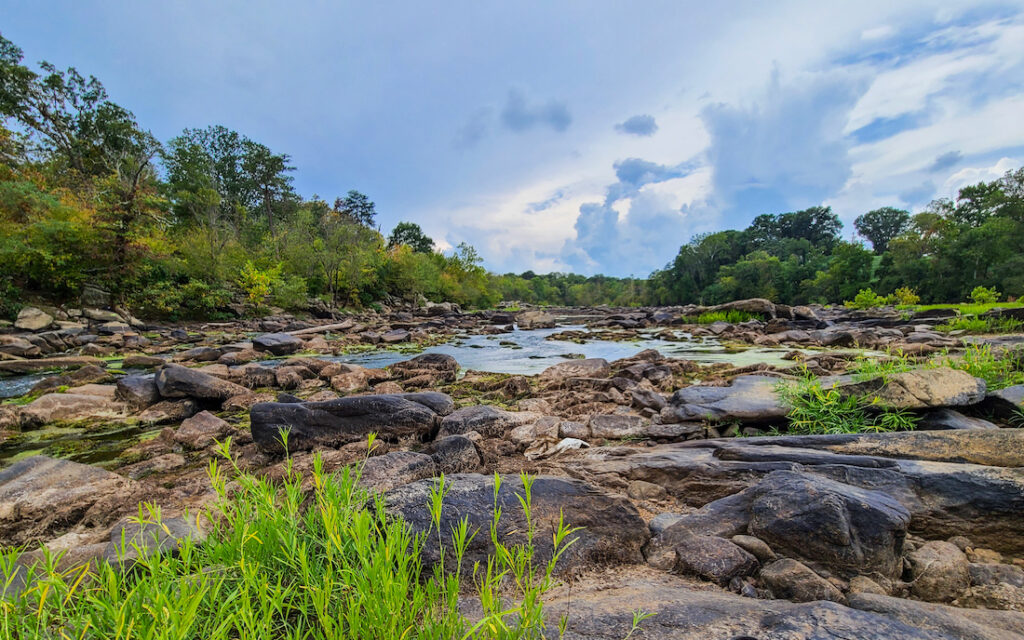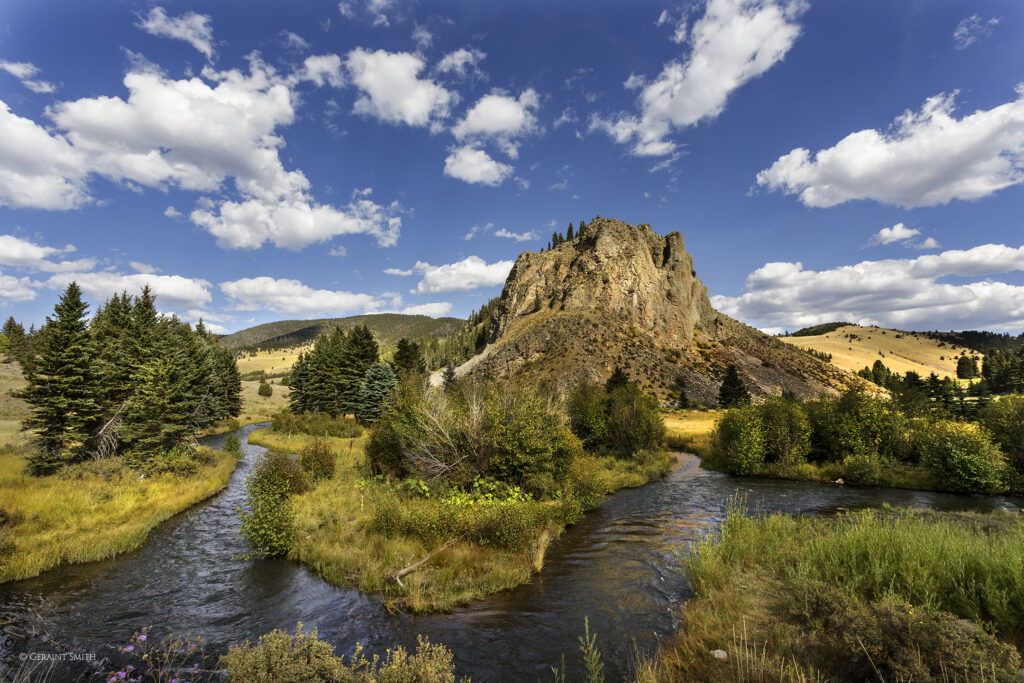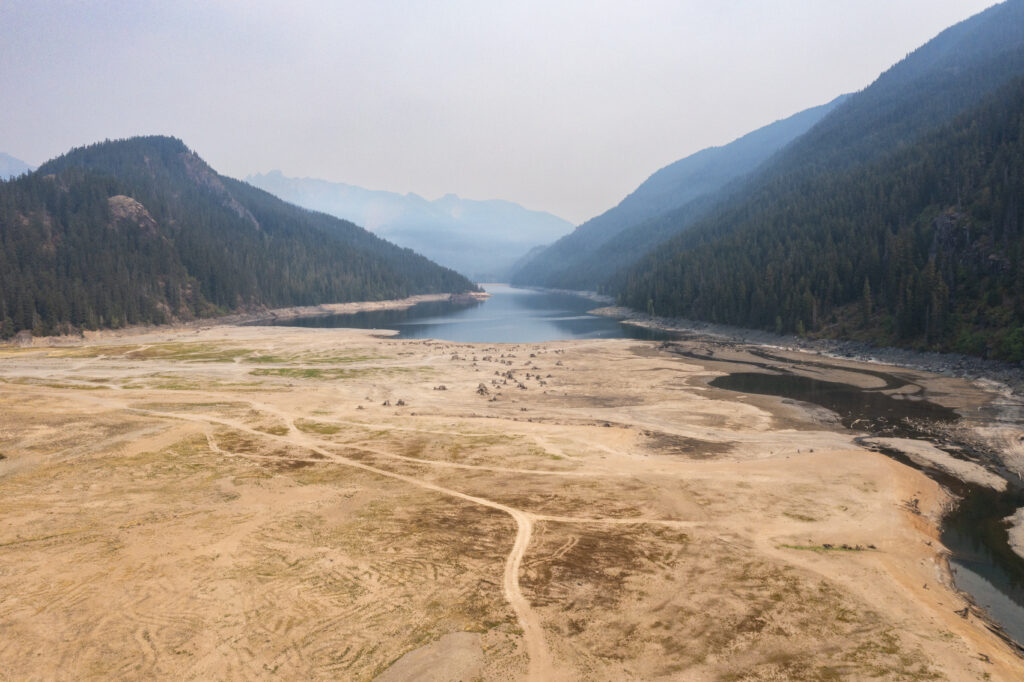
In a recent 5280 magazine article, Kate Siber asked, “Can a Water Plan Actually Work”? At times she came close, but never really answered her own question. The answer is a solid “it all depends”.
The Colorado Water Conservation Board (CWCB) Director James Ecklund and his staff have put a tremendous amount of time, effort and political capital into the fledgling Colorado Water Plan. So have the nine Basin Roundtables and the Inter-Basin Compact Committee (IBCC). So have the thousands of people from all around the State who have been engaged, submitting comments and learning more about how water “works” in Colorado.
With support like this, how could the Water Plan fail? Well, that depends.
The success of the Colorado Water Plan depends on the sincerity and willingness to abide it receives from the established water community. When work on the Plan began, some detractors replied that Colorado already has a water plan. It’s called prior appropriation. And they are right, for the most part.
The Colorado Water Plan is an advisory document. It is a blue print for how we should manage water for all our needs, but it has no force of law behind it. Like a County Master Plan, it provides guidance for the future based on how we see it today. In Colorado, while the people own the water itself, the right to use it is an individual property right that can’t be abrogated without due process.
So the Water Plan falls back on how much people, especially people who make decisions about water use and development, respect it. The State does have some permitting authority for water projects, as do local County governments. The State also has considerable funding capacities for water projects and efforts such as the Roundtables. These can provide powerful incentives for project proponents to comply with tenets of the Water Plan, but only to the degree that decision makers continue to support the Plan.
Whether the Colorado Water Plan works or not boils down to a matter of faith – faith in our institutions to do the right thing. Change doesn’t come easy, but it will come. How we shape that change using guides like the Colorado Water Plan is how we shape our future. James Ecklund, in Kate Siber’s essay, echoes a common sentiment that “If we keep doing things the way we’ve done them for the past 100 years, we will be in trouble.” That’s putting it mildly.
No one expects the doctrine of prior appropriation to go away, but changes will be needed, especially if we want rivers and watersheds to be healthy and resilient while keeping productive agriculture and growing communities “vibrant”. Times and values have changed since 1876 and we need to understand that.
The changes also need to be in how we’ve traditionally provided for water in the past through more storage and more diversions from one side of the Continental Divide to the other. The past is no longer a guide to the future. We need a new water paradigm for Colorado, a new way of thinking that looks more towards conservation, efficiency and 21st century technologies.
Other places with climates similar to or even drier than ours have gone in this direction. It is amazing how much the Israeli’s can squeeze from a drop of water! Doing this in Colorado will require changes in laws, traditions and practices; and that will not come easy for some.
If the Colorado Water Plan is going to work we will need to use it, not as a roadmap from the past but as a creative guide for the future. It will also take substantial goodwill and cooperation among all the users and uses we have for the scarcest of western resources, water.





2 responses to “Can the Colorado Water Plan work?”
Hi Jeff! The Colorado Water Plan has a fair bit about rivers, watersheds and interstate compacts in it, along with water supply issues both for ag and municipal needs. That includes a strong emphasis on conservation and efficiency.
As for the other states, Colorado is legally bound already by numerous compacts and agreements with all of the adjacent states, except Oklahoma (which is shortly adjacent but doesn’t share direct river flow from Colorado. They need to work with Kansas…) and Arkansas (who would need to work with Oklahoma). The only compact obligations we have with non-adjacent states is the 1922 Colorado River Compact, which looms larger than the others in Colorado’s water and river future.
The water plan is remarkable in that it is the first such State plan and document that actually takes rivers, watersheds and the environment seriously. Still, it is only a planning document and lacks any real enforcement ability either within or outside Colorado. The CWCB has a certain amount of authority with compliance to the plan through its funding abilities, which aren’t minor!
I hope that helps.
Ken
The Colorado River plan needs to mutate into the Colorado [r]iver plan. Thatis, include moreof the rivers that flow out from Colorado — The North Platte, South Platte and Arkansas Rivers all flow out from Colorado. This would force states such as Nebraska, Kansas, Oklahoma and Arkansas totake action against these rivers which flow through their states. States which are much more slack with environmental issues.